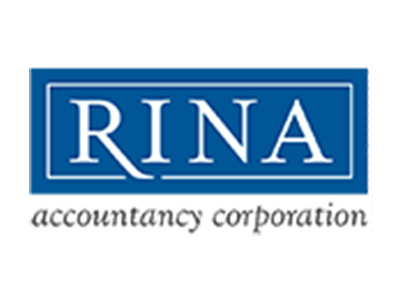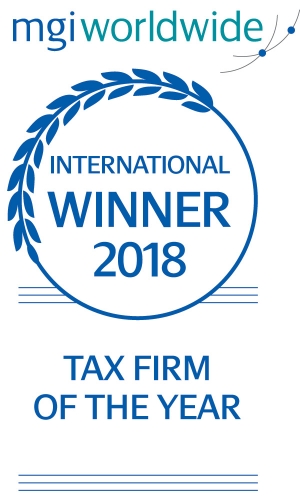Board of Directors Spotlight Part 3: Crucial Elements for Boards to Address
by Howard Zangwill & Joe Brunel | RINA accountancy
Now that you have assembled your board of directors, what comes next? A board’s list of potential duties and responsibilities can seem both overwhelming and endless at the same time. One of the greatest challenges that all boards face is how, when, and where to focus their attention and efforts. It is imperative that a board have a clear sense of direction with a goal-minded purpose. Board members’ time and availability typically come at a premium, so efficient and effective use of that time is crucial to a board’s success.
Whether a board is progressing through its infancy stage of creation and development or a board is seasoned with years of experience, the following 10 elements, written by Vistage International, Inc., are important for all boards to document, review and improve upon continuously throughout its lifecycle:
- Narrative History of the Company – a simple one-page white paper on how the company began, what the milestones and goals are, and where it’s headed in the future is a great tool.
- Five-Year Key Indicator Summary – document the track record of the company with a multi-year historical trend analysis along with future growth expectations.
- Business Plan – draft a concise document of the company’s strategic plan and business goals for all employees to read and work towards.
- Sales Pitch/Literature/Profile – provide this to all employees, as well as to lenders, suppliers, referral sources and board members.
- Trailing 12-Month Charts (TTMs) – include TTMs on sales, gross profit percentages, pretax earnings dollars, receivables, inventory turnover, monthly cash burn and, most importantly, what causes sales!
- Organization Chart and Roles Page – track key employees and stay on top of changes to management roles and responsibilities to hold key employees accountable.
- CEO’s Monthly Operations Report – this one-page summary tells the board what happened last month (both good and bad), what should have happened, and what will happen next month (including a forecast).
- CEO’s Top Five Priorities – mostly big-picture view, but often includes something smaller that must be fixed or improved upon.
- Company’s Top Five Goals – succinct short-term objectives (five goals for the next 12 months) and long-term goals (five goals for the three-to-five-year horizon).
- Strategic Issues Summary – list the key issues facing the company, whether resolved or not.
The list above is not all-inclusive but it does provide a glimpse into the window of a successful and thriving board of directors and how to move a company towards the next level.
To further discuss how to design or improve a strategic initiative or to enable your board or directors to be more effective, contact your RINA representative.
Howard Zangwill
 Howard has over 25 years experience providing consulting and accounting services to not-for-profit organizations, private companies and their owners in various industries. As head of RINA’s Audit and Accounting Department, he uses his knowledge to help clients streamline operations, develop and monitor key performance indicators and implement financial management techniques that meet the clients business and financial objectives.
Howard has over 25 years experience providing consulting and accounting services to not-for-profit organizations, private companies and their owners in various industries. As head of RINA’s Audit and Accounting Department, he uses his knowledge to help clients streamline operations, develop and monitor key performance indicators and implement financial management techniques that meet the clients business and financial objectives.
Joe Brunel
 Joseph began his career with RINA in January 2007. He provides audit services for privately-held businesses and not-for-profit organizations. Joseph also provides limited scope audit services related to employee benefit plans including 401(k), 401(a), 403(b), and full scope audit services for ESOP plans.
Joseph began his career with RINA in January 2007. He provides audit services for privately-held businesses and not-for-profit organizations. Joseph also provides limited scope audit services related to employee benefit plans including 401(k), 401(a), 403(b), and full scope audit services for ESOP plans.






